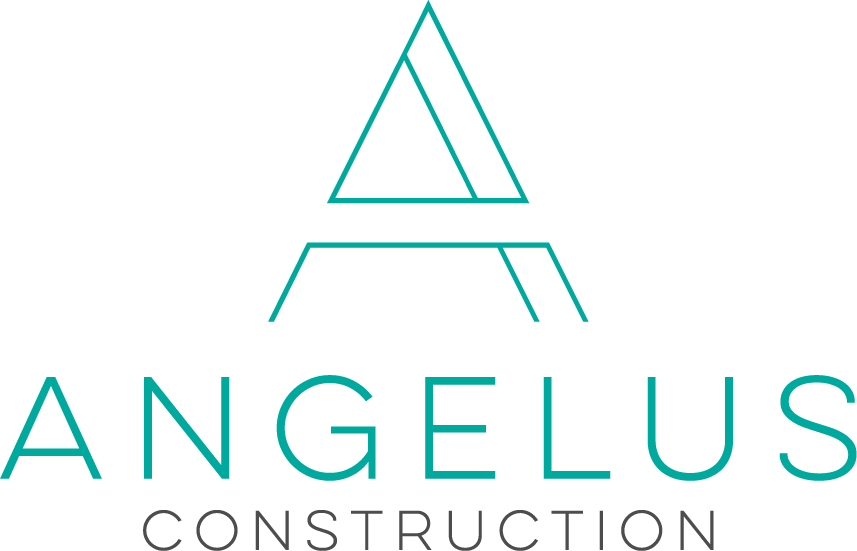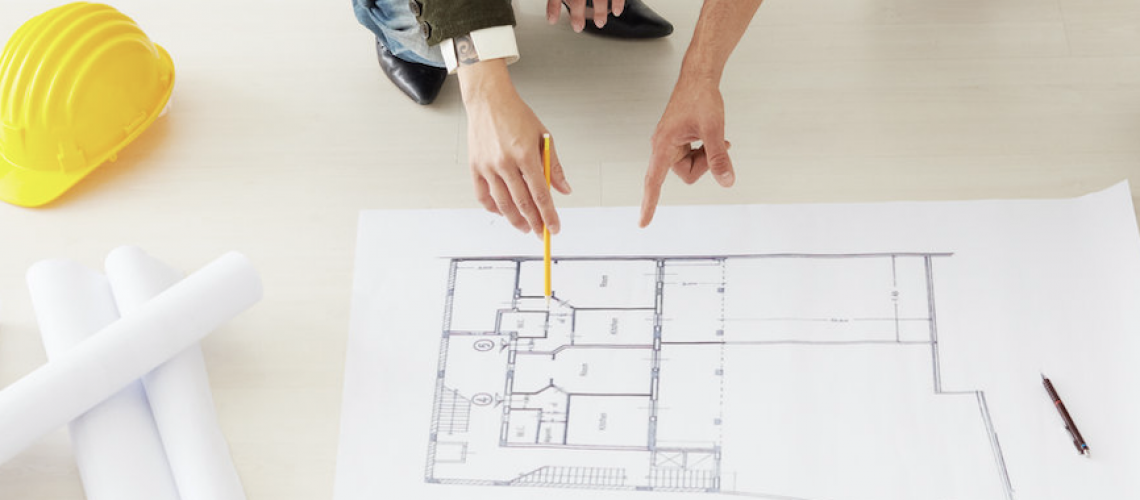There are so many things that need to be thought out before you set about drawing out your accessory dwelling unit floor plan. This is especially true if you have an extra space in your home or property that you want to make an addition to your current residential features or are thinking of converting that space. You’ll want to be sure that you don’t commit any mistakes when you start the construction.
Accessory Dwelling Units (ADUs): Small Spaces, Big Possibilities
People have constantly been developing or building additional housing installations to meet pressing needs. An accessory dwelling unit is an efficient, self-contained space placed inside or adjacent to a house or primary dwelling. This is why the secondary ADUs are often equipped with complete applications, like having their own kitchen, bathroom, a separate entrance, etc.
Three types of ADU
- Converted ADU- dwellings that are added within a building, such as a converted semi-basement or a converted second floor, with a private entrance door.
- Attached ADU- dwellings that are attached beside a building, such as side annexes, which form a new apartment.
- Detached ADU- dwellings that are built within the property but with autonomous features, often located in the backyard, like mini sheds or houses.
A Couple of Mistakes to Avoid When Developing an ADU Floor Plan
One mistake that many people make when drawing out their floor plans is not making sure that their project is flexible enough to account for future changes in the property. If you have a long-term plan to live in the area, you may want to consider a design that will fit your family’s goals for the property. On the other hand, if you’re thinking of a short-term living arrangement, you should adjust your plan accordingly.
Another mistake that many people make when they draw out their floor plan is swamping all of the details with little consideration of space efficiency. There’s a certain scope of applications to include in your ADU to maximize the available space and achieve your desired comfort level.
We have a few examples of the basic ADU floor plans you can check out here. And feel free to give us a call to consult with your ADU design and construction project!
How Residents and Communities Benefit From ADUs
Here are some benefits of adding ADUs to your property:
Supports Low- and Modest-Income Households
ADUs represent an interesting solution for housing low-income households and even other advantages.
For small families, buying a property is a significant financial issue. ADUs offer family members and other tenants an affordable place to live while providing owners with an additional income source. For example, installing an ADU in a garage that can then be rented represents an attractive extra income to help pay the mortgage.

Bringing Closer Ties to Families
Adding an ADU can also help to maintain social ties between families. More parents and children choose to live in a single property with an ADU, not so much for the sake of economic reasons, but to stay close together. ADU thus provides a solution to allow families to keep their physical and emotional connection in check by employing innovative designs, especially with ample space to build the unit.
ADU For Sustainable Communities
ADUs can also contribute to the development of sustainable housing. Efficient ADU floor plans must be organized and built thoughtfully and consider specific criteria to be truly sustainable. For example, you can incorporate eco-friendly measures to pay attention to local building requirements applicable for ADUs.
But being sustainable is more than just about picking suitable materials or ensuring proper ventilation and drainage systems. ADUs make it possible to slowly increase the population in an area while limiting urban sprawl and promote the revitalization of neighborhoods that are sometimes in decline or sparsely populated. Often, large communities have heavy infrastructures, such as pipelines and sewers. Thus, the establishment of ADU makes it possible to have more people to pay for these infrastructures and optimize them.
The arrival of new residents in an urban sector would also be likely to promote the development of local businesses and services and improve the supply of public transport.
Securing a Legal Permit for an ADU Construction
If you are thinking about building an ADU or renovating to fit one, there are some things you should know before you start any work:
First, ensure that the accessory dwelling unit floor plans comply with all of your local zoning, building, and fire safety regulations. City offices have the power to regulate the construction and usage of ADUs, such as with the design and authorized dimensions.
Provincial or territorial building codes also govern the design and construction of a secondary suite. To ensure that your ADU complies with all local bylaws and building code requirements, contact your city planning information office, zoning department, or permit office. You must obtain a permit to legally operate with your construction plan and strictly follow implemented regulatory guidelines. Your contractor might also help you quicken the process and secure the correct documents.
Once you are ready to proceed, do your best to create a safe, healthy, and comfortable living environment for those you will accommodate in your ADU. If you want the complete setup, your floor plan should offer adequate living space, sufficient headroom, plenty of natural light, good heating and ventilation, good thermal and acoustic insulation, and an environment free from humidity problems. Of course, adequate fire protection, as well as reliable heat and smoke alarms, should be part of your applications.
Be advised that adding an accessory apartment will likely increase the value of your property, which means that your property tax could also increase. You must also report any rent received as income under the Income Tax Act. So, remember to notify your insurance company of changes that affect the nature, use, and value of your property.
Do you need a professional approach for your ADU project? Angelus Construction has over 30 years of combined construction experience, specializing in designing, permitting, and building ADUs in Los Angeles. Give us a call for a free consultation here today!

